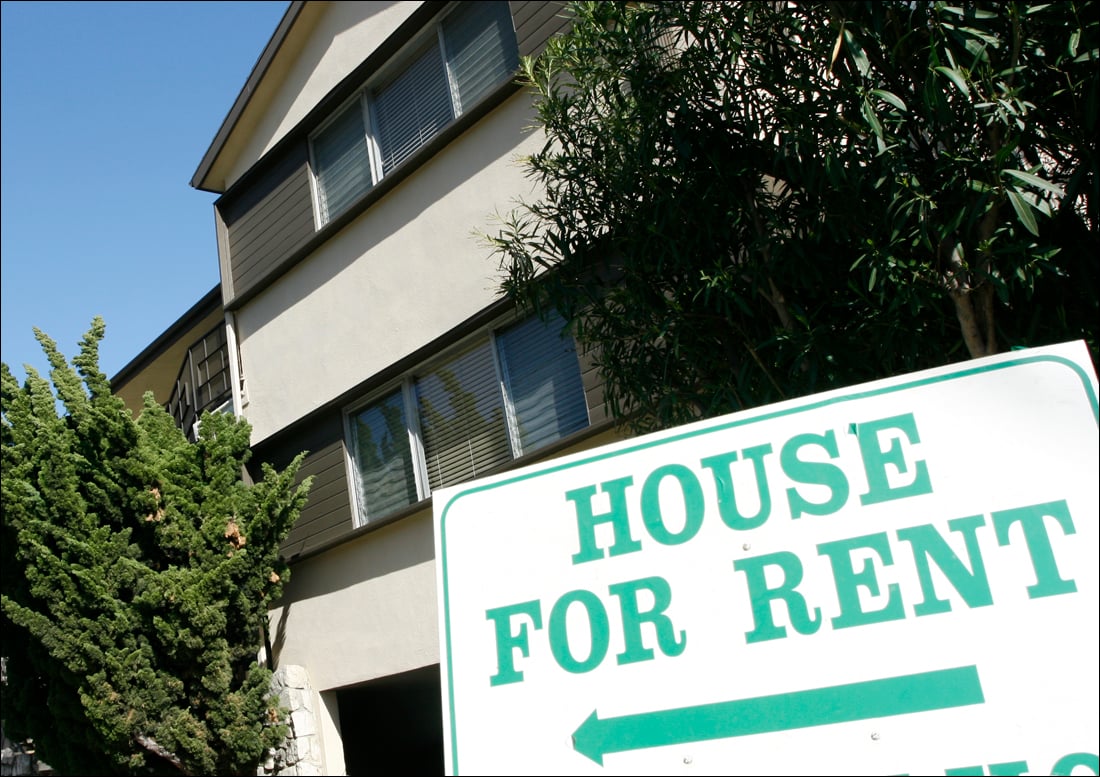
CITY HALL — The Rent Control Board on Thursday will get a look at a plan to raise registration fees on rent-controlled apartments and shift some of that cost to landlords for the first time as part of a plan to close a possible half-million dollar budget gap.
Like other public entities, the Santa Monica Rent Control Agency is facing rising heathcare and pension costs for its employees.
Despite the Rent Control Board cutting its staff in half since 1995, total expenses for the current fiscal year are $361,977 over revenues, which mostly come from registration fees.
If those fees remain at the current rate of $13 per month per unit, that deficit is expected to expand to almost $500,000 by the next fiscal year, according to a report by the Rent Control Board.
That would not only leave the agency mired in red ink, it would sink its fund balance below the $745,000 it needs to meet recommendations by the Finance Department to hold 10 percent of the current year's budget and money to cover unused paid time off for employees.
Registration fees haven't been revisited since 2006, and landlords have had the option to pass those costs onto tenants since rent control was first established in Santa Monica in 1979.
That was done to lessen the shock of transition to a rent controlled system, said Patricia Hoffman, co-chair of Santa Monicans for Renters' Rights and rent control advocate.
"It was a radical change," Hoffman said. "There was a concern at the time of not wanting it to be overly stressful."
That could change under the proposal put forward by agency officials that would raise the registration fee by between $2 and $3 per month and shift some of the cost directly onto landlords.
The proposal reflects a change in how the agency does business now compared to 13 years ago when a policy called vacancy decontrol took effect, allowing landlords to raise rents to market rate every time a tenant left, said Tracy Condon, administrator for the board.
Now, more than 60 percent of apartments that fall under rent control in Santa Monica have risen to market rate, and the agency's services are more directed toward owners than ever before.
The agency runs an apartment listing service for owners, runs seminars to teach new owners the ins and outs of rent control and employees spend much of their time processing the 4,500 to 4,700 registration forms that come in every year, Condon said.
It's more equitable if all who benefit from the agency's services pitch in, she said.
Wes Wellman, a past president of the Action Apartment Association, which represents property owners in Santa Monica, thinks that landlords have been charged quite enough for the privilege of doing business in Santa Monica.
Voters approved in November a new method to adjust rents each year that pegs increases to three-quarters of the consumer price index (CPI), a measure of change in the cost of goods and services.
The change simplifies a convoluted and uncertain process that was used in decades past that came out to roughly 77 percent of the CPI. The board is already trying to change the deal, Wellman said.
"If now, after having voter approval of this new CPI formula, the board introduces an expense not historically paid by owners, it would disrupt the delicate balance of income and expenses that was approved by the voters," Wellman said.
Before taking aim at landlord revenues, the agency should look to cut costs in its own staff, Wellman said, likening public employee compensation to "a runaway freight train."
The agency has already taken some steps toward reining in those costs. Employees contribute 9 percent of their compensation toward their retirement costs, and the City Council created a second tier of retirement benefits for employees hired after July 1, 2012.
The state legislature took that one step further in the California Public Employees' Pension Reform Act of 2013, which established a third and lower tier of benefits for those hired on or after Jan. 1, 2013.
While those will help in the future, it does nothing for current costs. Other possibilities to save money include cutting special liability insurance, lowering or eliminating car allowances to some staff members, moving out of City Hall and reconsidering contracts with Sacramento lobbyists and other contract employees.
All of that together would only lower costs by $250,000, according to the report, not enough to close the budget gap.
Raising the fee to $15 per month would keep pace with expected cost increases until the 2015-16 fiscal year, after which revenues would drop to almost $1 million below expenses, according to projections.
A $16-per-month fee would keep the agency's finances solid at least through 2017-18, the last year in the projection.
No final decisions will be made until June, Condon said.
"We just wanted to get it out there now," she said.
ashley@www.smdp.com








